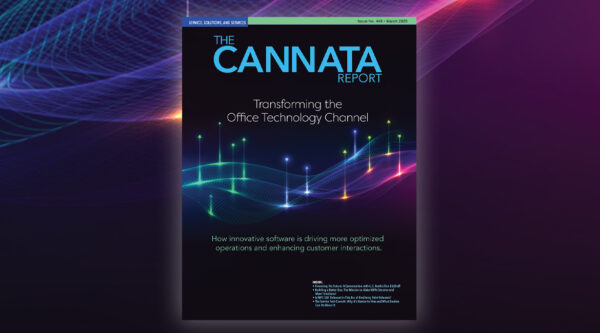Why making your content accessible to all is not just a legal requirement but a business opportunity.
Imagine walking into a store where all the signs are in a language you don’t understand or navigating a website where the buttons are invisible to you. For millions of people with disabilities, this isn’t just a thought experiment—it’s a daily reality when interacting with businesses that haven’t prioritized accessibility.
Understanding Accessibility
Many within the printer world misunderstand accessibility as catering to blind individuals. In reality, it’s about making content available to everyone.
Accessibility considerations include the following:
- Visual impairments (blindness, color blindness, need for high contrast or large print)
- Hearing impairments
- Motor impairments
- Cognitive impairments
- Age-related impairments
As an office technology dealer, you might think, “Why should I care about accessibility?” But consider this: Individuals with various abilities and disabilities may require your services. The question is, can they easily find your phone number or use your online order form?
Scope of Accessibility
The scope of accessibility is vast, covering everything from your website and downloadable PDFs to printed materials and video content. Specifically, accessibility applies to:
- Websites and web applications
- Downloadable content (e.g., PDFs)
- Printed materials
- Video and audio content
The goal is to make all content machine-readable, allowing for conversion to audio output, braille, or other accessible formats. It’s about creating a world where everyone can participate fully, regardless of their abilities.
Key Accessibility Requirements
To make your business more accessible, consider the following key requirements:
- Website Navigation: Create websites that anyone can easily navigate, including those using assistive technologies.
- Content Structure: Use proper heading hierarchy and body text structure.
- Alternative Text: Add descriptive alt text to images.
- Document Accessibility: Ensure printed and digital documents are structured for easy interpretation by screen readers and braille devices.
- Language Options: Provide legally binding documents in multiple languages when required.
Implementing these requirements isn’t just about compliance—it’s about connection. It’s about ensuring that everyone can engage with your business. In the end, isn’t that what good business is all about?
Legal Implications
Here’s the kicker: accessibility isn’t just a nice-to-have anymore. It’s becoming a legal requirement for businesses of all sizes. Across the United States, federal and state regulations are evolving to mandate accessibility in customer-facing content.
- Web Content Accessibility Guidelines: These guidelines, published by the Web Accessibility Initiative of the World Wide Web Consortium, are the most widely accepted standards for web accessibility [1].
- Americans with Disabilities Act (ADA): Although the ADA doesn’t explicitly mention websites, courts have increasingly interpreted it to apply to digital content [2].
- Section 508 of the Rehabilitation Act: This requires federal agencies to make their electronic and information technology accessible to people with disabilities [3].
- State Laws: Many states have their own accessibility laws, some of which explicitly cover private businesses [4].
Opportunities for Managed Print Services Providers
This shift presents a unique opportunity for managed print services providers. As businesses scramble to comply with these new requirements, they’ll need guidance, technology setup, and ongoing support. Who better to provide these services than the companies already managing their document and print needs?
As a managed print services provider, you could:
- Advise and guide customers on accessibility requirements
- Assist with technology setup for accessibility compliance
- Collaborate with accessibility specialists to ensure document and website compliance
- Provide accessible hardware solutions for visually impaired users
Imagine offering your clients not just printing services but a complete accessibility package. By positioning yourself at the forefront of this accessibility revolution, you’re not just helping your clients comply with the law—you’re helping them reach a whole new audience.
Looking Ahead
As we move forward, the importance of accessibility will only grow. The population is aging, and with age comes changes in vision, hearing, and mobility. By making your business accessible now, you’re not just complying with current laws—you’re future-proofing your business for the customers of tomorrow.
Remember, every step towards accessibility is a step towards a more inclusive world. As we continue to navigate this new landscape of accessibility requirements, stay informed. Keep an eye on evolving state and federal regulations. Reach out to accessibility experts. And most importantly, listen to your customers with disabilities. They’re the best source of information on how to make your business truly accessible.
The accessibility revolution is here. The question is, are you ready to be part of it?
Sources for Further Reading
- World Wide Web Consortium. Web Content Accessibility Guidelines 2.1: w3.org/TR/WCAG21/
- The Americans with Disabilities Act. Information and Technical Assistance on the ADA archive.ada.gov/ta-pubs-pg2.htm
- General Services Administration. Section508.gov: IT Accessibility Laws and Policies section508.gov/manage/laws-and-policies/
- National Conference of State Legislatures. Technology and Communication ncsl.org/technology-and-communication/state-web-accessibility-laws-and-policies



